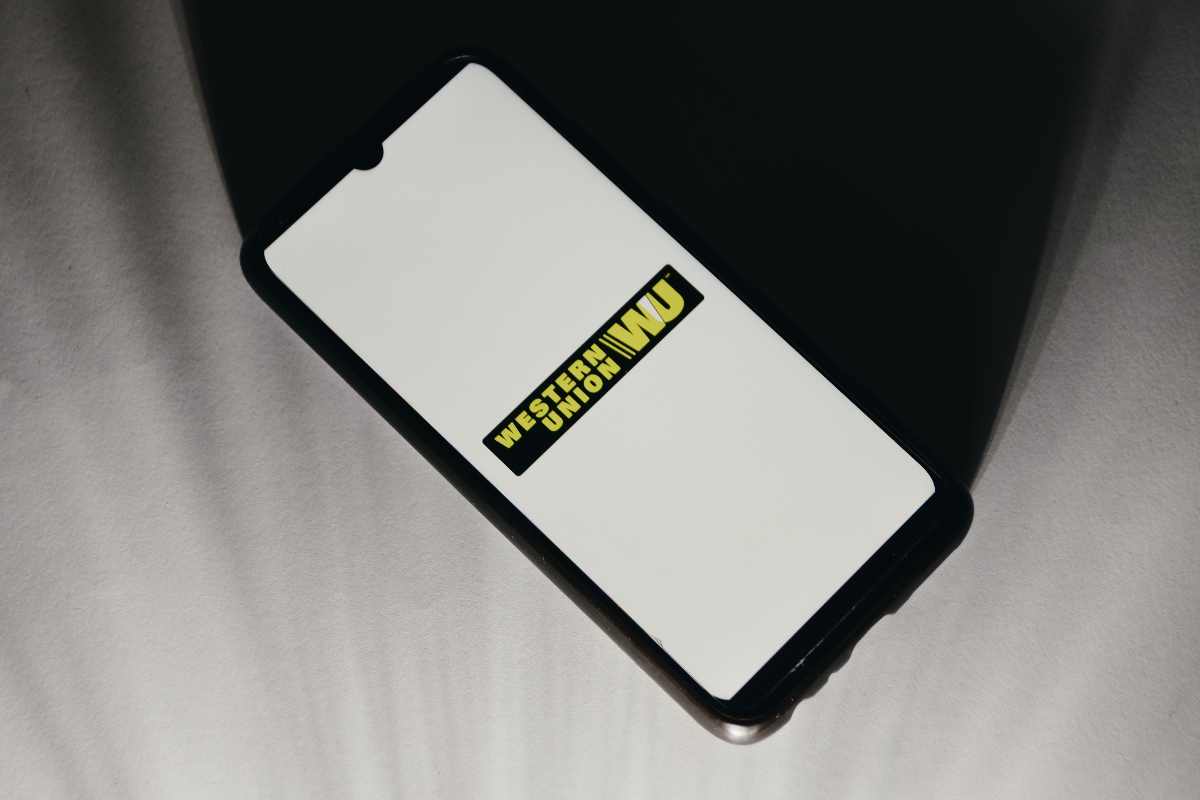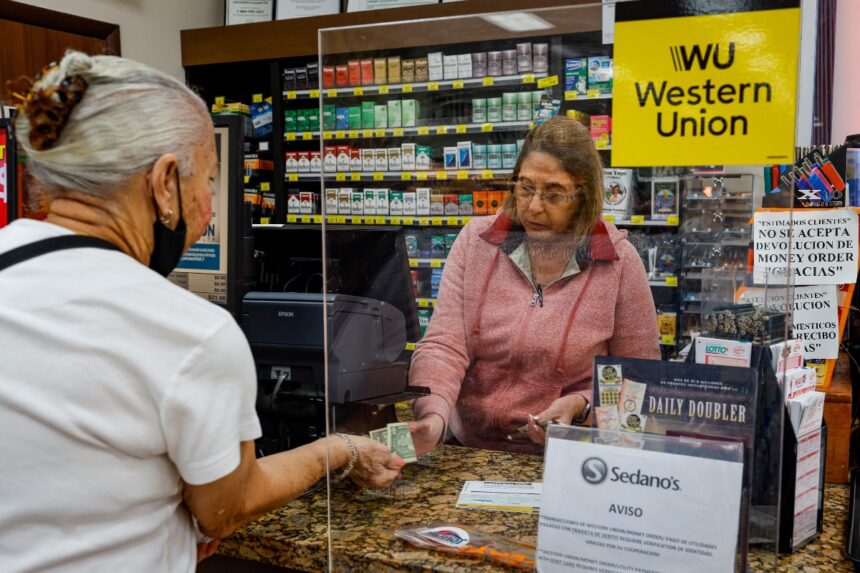Sending money to family is part of everyday life for millions of Latino immigrants in the United States. Whether it’s to support food, health, housing or education expenses, remittances remain an act of love… but also a financial decision that deserves attention.
With so many mobile apps and digital platforms for sending money, it’s easy to get the idea that “they all do the same thing”. But the reality is that not all of them are safe, affordable or convenient for everyone. Here’s what you should know before using an app to send money to your country, especially if you are part of the immigrant community in the US.
Why are many people switching from Western Union to apps?

Apps such as Remitly, WorldRemit, Ria, Xoom (from PayPal), and MoneyGram in its digital version, are gaining popularity for:
Speed: many offer immediate delivery or delivery in less than 24 hours.
Convenience: you can send from your cell phone, without waiting in line.
Promotions for first shipments: some give you a better exchange rate or even a commission-free transfer.
Variety of delivery: you can send to bank accounts, collect in cash or even deposit to e-wallets (such as Bancoppel or Tigo Money).
But all that glitters is not gold: what to check out
Before entrusting your money to an app, check these key points:
1. Hidden commissions. Some apps don’t charge visible commission, but give you a lower exchange rate. You end up losing money without realizing it.
Actual delivery times. They promise “fast” shipping, but in the fine print they say it can take days if the receiving bank has delays.
Customer support in Spanish. If something goes wrong, can you talk to someone who understands you? Not all platforms have support in Spanish or telephone assistance.
4. Regulation and safety. Use only apps licensed in the US, with good reputation and data encryption. If you can’t find their license number or they are not listed on the CFPB website, stay away.
Recommendation: protect your money as you protect your family.
Sending money is not just a transaction. It’s an act of trust. So before you try a new app, do the following:
Check real reviews. Look for reviews outside their website.
Send little the first time. Verify that the recipient receives it well.
Keep receipts and snapshots. In case of claims, that backs you up.
Avoid sending money to strangers or for suspicious offers. Many scams use these apps because of how easy it is to open fake accounts.
And which app is better?
It depends on your country, your bank, the amount you send and whether your family has an account or not.
There is no perfect app for everyone, but there are safe and legal options that you can compare using tools such as:
🔗 www.remesacompara.org (official site of the Mexican Government)
🔗 www.sendmoney.care (to compare remittances to Central America)
📌 In summary:
Apps can be worthwhile, but not all of them.
Compare, verify and protect every shipment.
Your effort is worth it, and so is your money.






















